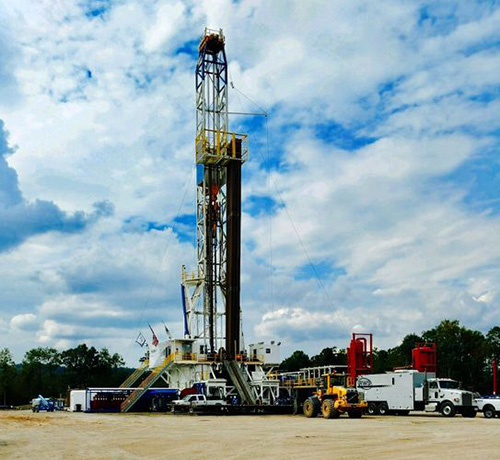Our services also encompass production and completion analysis, measuring flow rate, fluid properties, composition, pressure and temperature, so you have an accurate picture of live well conditions at all times. Our precision data helps you understand what’s happening downhole, so you can confidently gauge the efficiency and productivity of your well.

Our services also encompass production and completion analysis, measuring flow rate, fluid properties, composition, pressure and temperature, so you have an accurate picture of live well conditions at all times. Our precision data helps you understand what’s happening downhole, so you can confidently gauge the efficiency and productivity of your well.
These pumps are set to 15,000 PSI, but can be converted up to 40,000 PSI to handle all of your major projects! We also have gauges, 15k digital pressure, flow, and temperature recorders available for rental.
To maintain consistency and efficiency across your daily resource extraction operations, make sure you’re calling Wagner Energy Services LLC for data-backed hydrostatic analysis procedures. We’ll provide you with accurate pressure readings and can provide the flange management services required to correct any anomalies or inefficiencies you’re experiencing.
Reach us today at 740-525-0345 for more information or to schedule services 24/7/365.

Wagner Energy Services LLC provides oil and gas operations with hydrostatic testing in Ohio, delivering verifiable data you can use to better manage your field operations.
Hydrostatic analysis is most often used when it’s necessary to insert a new piece of equipment in an oil or gas rig, or when a refurbished piece is being returned to service. It’s crucial to know whether or not the component being inserted into the system will be capable of withstanding the pressures of everyday requirements, without rupturing or exploding.
The Department of Transportation requires that this kind of analysis be conducted on all stainless steel canisters and on some pipes, for the purpose of discovering any potential leaks in the equipment. In a case where an outdated piece of equipment might be inserted back into a project, it must be determined whether or not the component is still capable of performing up to standards safely.
In this way, disasters can be avoided and safety can be insured for all those working on the project.
Wagner Energy Services LLC

© 2025 Wagner Energy Services | Terms and Conditions